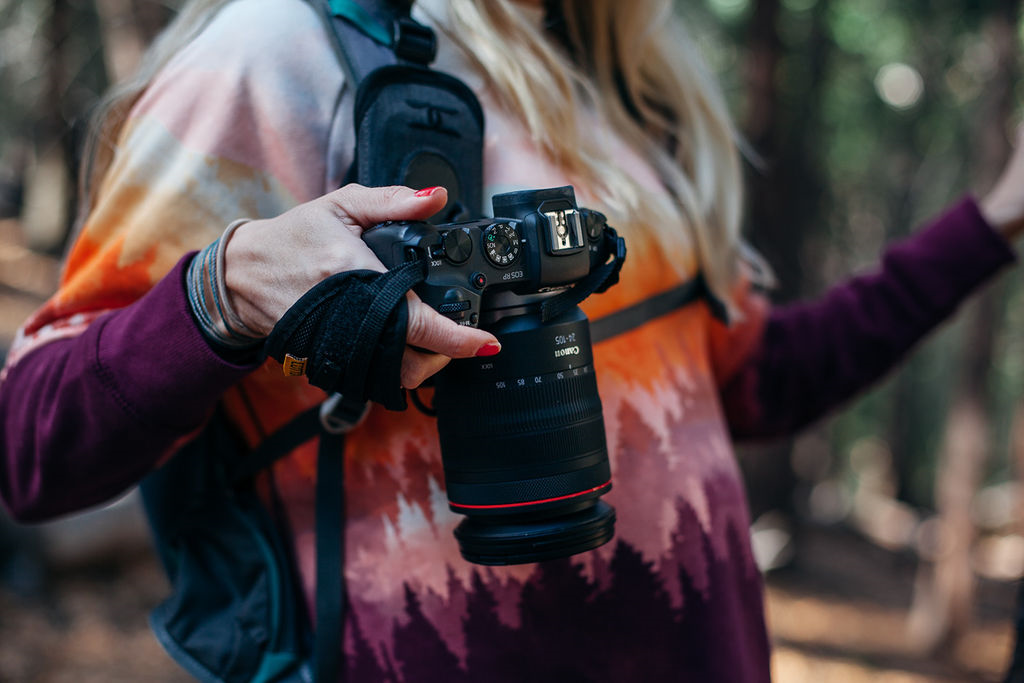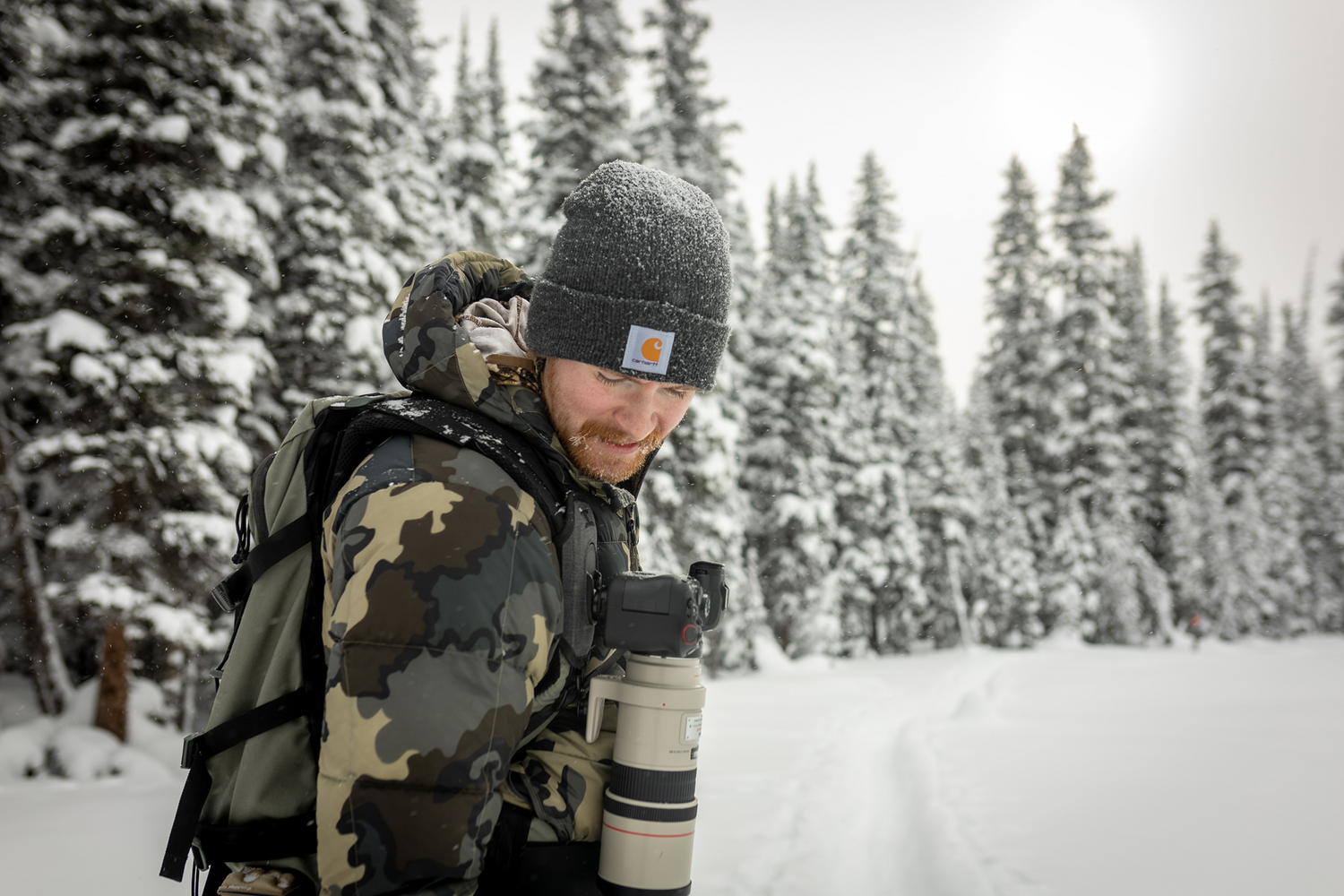Wyoming is known for its rugged landscapes, expansive wilderness, and iconic natural features, making it a paradise for nature photographers. From the famous Grand Teton and Yellowstone National Parks to lesser-known areas that offer unparalleled natural beauty, here are some of the best places in Wyoming for capturing stunning nature photography.
1. Grand Teton National Park
With its dramatic mountain peaks, pristine lakes, and diverse wildlife, Grand Teton National Park is a must-visit for any nature photographer. The Teton Range rises sharply against the Wyoming sky, creating breathtaking backdrops. Key photography spots include:
- Schwabacher Landing: Offers reflections of the Teton Range in the Snake River, especially beautiful at sunrise and sunset.
- Oxbow Bend: Known for its serene views of the Snake River, which reflect the mountains and offer great opportunities to capture the area's abundant wildlife, including moose, bald eagles, and otters.
- Jenny Lake: Surrounded by towering peaks, Jenny Lake is ideal for photographing the mountain reflections in its crystal-clear water.
Tip: Arrive at Schwabacher Landing before dawn to capture reflections of the Tetons in the Snake River with soft, warm sunrise light. Early morning is also the best time to avoid crowds and spot wildlife like moose. Wear your camera in a photo harness to explore the riverbank hands-free.
2. Yellowstone National Park
Yellowstone, America’s first national park, is famous for its geothermal features, abundant wildlife, and diverse landscapes. For photographers, Yellowstone offers unique scenes that are difficult to find anywhere else:
- Old Faithful and Other Geysers: Capture the steam and eruptions of geysers like Old Faithful, set against surreal landscapes.
- Grand Prismatic Spring: This massive hot spring displays vibrant colors due to its unique microbial mats. The area is best photographed from an elevated perspective, such as the overlook on the Fairy Falls Trail.
- Lamar Valley: Known as America’s “Serengeti,” this valley is one of the best places for wildlife photography, with herds of bison, elk, wolves, and grizzly bears frequently spotted here.
Tip: Use a telephoto lens in Lamar Valley to capture wildlife without disturbing their natural behavior. Early morning or dusk provides the best light and most animal activity, with better chances of spotting wolves and bears.
3. Wind River Range
For those looking to capture Wyoming’s raw and remote beauty, the Wind River Range offers over 100 miles of mountain peaks, alpine lakes, and glaciers. It’s popular among backpackers and offers numerous photo opportunities, especially for capturing unspoiled wilderness. The Cirque of the Towers in particular is a breathtaking spot, featuring rugged peaks that make for dramatic landscape compositions.
Tip: At Cirque of the Towers, be prepared for changing weather, which adds drama to mountain shots. A wide-angle lens will help capture the scale of these jagged peaks, and using a long exposure can add a smooth effect to moving clouds.
4. Bighorn National Forest
Located in north-central Wyoming, Bighorn National Forest is home to dense forests, scenic cliffs, and alpine meadows. Photographers can capture waterfalls, deep canyons, and diverse wildlife throughout the forest. Shell Falls is a popular spot within the forest and offers a beautiful cascading waterfall framed by rock formations, especially photogenic during spring and early summer when the falls are at their peak flow.
Tip: For photographing Shell Falls, try long exposures to capture silky water effects. A neutral density (ND) filter can help manage daylight exposure, even with longer shutter speeds, giving you smooth, flowing waterfall images.
5. Devils Tower National Monument
Devils Tower is an iconic monolithic rock formation that rises 867 feet from the surrounding landscape. The unique structure makes for a striking subject, particularly at sunrise and sunset when the light accentuates its unusual textures and vertical columns. For night photographers, Devils Tower is a great place to capture dramatic shots of the Milky Way arching over the monument.
Tip: Plan a night shoot to capture the Milky Way arching over Devils Tower. Use a tripod, and set a long exposure (20-30 seconds) to gather more light from the stars. You can also add light painting on the monument’s surface for unique compositions.
6. Red Desert and Killpecker Sand Dunes
Wyoming’s Red Desert and the Killpecker Sand Dunes offer surreal landscapes that contrast with the state’s mountainous regions. The Red Desert is known for its sweeping sands, unusual rock formations, and the colorful Badlands, offering unique compositions for nature photographers. The Killpecker Sand Dunes, one of the largest active dune fields in North America, is particularly mesmerizing at sunrise and sunset when the low-angle light enhances the textures and contours of the dunes.
Tip: The textures and shadows at the Killpecker Sand Dunes are most pronounced at sunrise and sunset. Look for patterns created by the wind on the sand, and use a low angle to emphasize texture and depth. Use a photography sling to keep your camera secure and accessible while navigating the dunes.
7. Medicine Bow National Forest
With its alpine lakes, rugged peaks, and varied forests, Medicine Bow National Forest offers countless opportunities for nature photography. One of the standout locations is Snowy Range Pass, where you can capture high-altitude landscapes, snow-capped mountains, and colorful wildflowers in the summer. The area is also popular for wildlife photography, with species such as mule deer, elk, and various bird species commonly spotted.
Tip: Photograph the Snowy Range Pass in late summer for colorful wildflower shots or in early fall for golden aspen trees. Use a polarizing filter to deepen the color of the sky and reduce glare from the surrounding peaks.
8. Flaming Gorge National Recreation Area
Straddling the border of Wyoming and Utah, Flaming Gorge features stunning red rock cliffs, vibrant blue waters, and expansive views that make for unique compositions. The gorge is especially photogenic during sunrise and sunset when the rocks take on a deep red hue. Photographers can also capture panoramic shots from overlooks such as the Red Canyon Overlook.
Tip: The Red Canyon Overlook offers panoramic views of the gorge and is best captured during golden hour. Bring a graduated ND filter to balance the bright sky and shadowed canyon for a more balanced exposure.
9. Shoshone National Forest
Adjacent to Yellowstone National Park, Shoshone National Forest is the oldest national forest in the United States and features a diverse landscape of mountains, rivers, and valleys. Beartooth Pass, located within the forest, offers high-altitude scenic views, with opportunities to photograph wildflower meadows, snow-capped peaks, and glacial lakes. The forest is also rich in wildlife, making it an excellent choice for photographers interested in capturing animals in their natural habitats.
Tip: Beartooth Pass has sweeping vistas, so use a wide-angle lens to capture the expansive view of mountains, valleys, and lakes. For wildlife shots, keep a telephoto lens ready, as the area is frequented by mountain goats and marmots.
10. Fossil Butte National Monument
For those interested in both geology and unique landscapes, Fossil Butte National Monument provides a fascinating setting. The park is known for its abundance of well-preserved fossils, but it also offers striking cliffs and open spaces, perfect for landscape photography. Fossil Butte offers a distinctive look at Wyoming’s ancient landscapes and makes for unusual photo compositions.
Tip: Fossil Butte’s unique rock formations and fossil beds look best under early morning or late afternoon light, which casts long shadows and brings out the texture in the rocks. Experiment with black-and-white photography to emphasize the ancient feel of the landscape.
Wyoming’s natural beauty offers a variety of landscapes and wildlife that cater to every nature photographer's interests. Whether you’re drawn to the rugged peaks of the Teton Range, the unique geothermal features of Yellowstone, or the solitude of the Red Desert, Wyoming is a photographer’s paradise.





